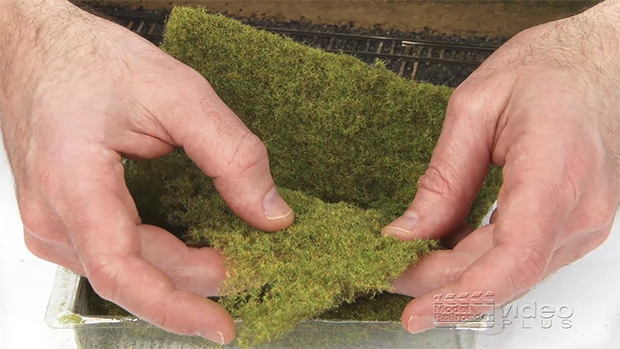
Having trouble viewing this video? Please visit our Video FAQ page Construction on MRVP’s HO scale Winston-Salem Southbound layout has come to a point where the scenery can start to take shape. In this installment, David shares a variety of techniques for applying ground covering, this time in the form of various grass mats […]
Read More…
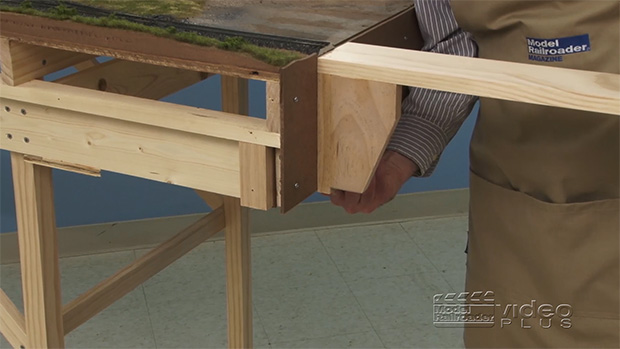
Having trouble viewing this video? Please visit our Video FAQ page In this video, David Popp uses MRVP’s HO scale Winston-Salem Southbound layout to demonstrate how to build a simple swing-out section that can easily extend the run of any model railroad. David first talks you through the design, before showing how to assemble […]
Read More…

I learned about the LV’s former Bloomsbury depot when researching the railroad’s other wooden depots in Upstate New York. Information came from the Lehigh Valley RR home page (www.lvrr.com). The appearance of the building interested me, and this warranted a special trip to measure and photograph it. When I visited, the building was an Agway […]
Read More…
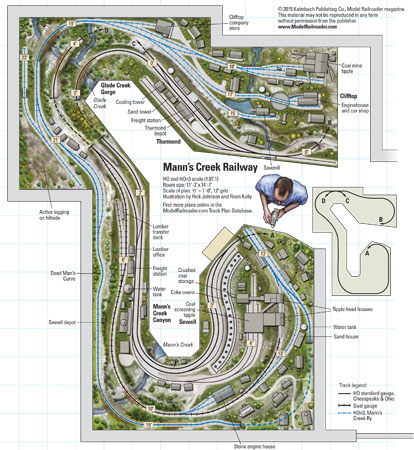
Name: The Mann’s Creek Ry. Scale: HO (1:87:1) and HOn3 (1:87:1, 3-foot-gauge) Size: 11′-3″ x 14′-7″ Prototype: The Mann’s Creek Ry., and Chesapeake & Ohio Ry. Locale: New River Gorge, W.Va. Era: Monday afternoon, Aug. 1, 1928 Style: walk-in Mainline run: Mann’s Creek, 60 feet, C&O feet Minimum radius: 18″ (both) Minimum turnout: no. 4 […]
Read More…
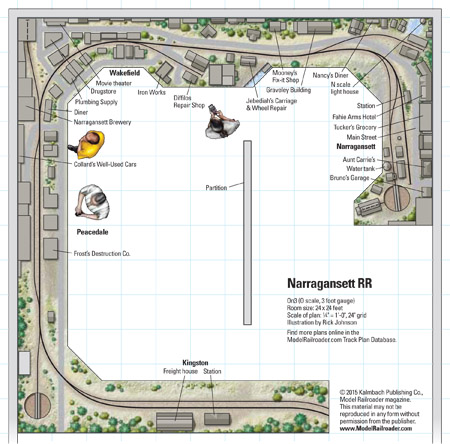
Name: Narragansett RR Scale: On3 (O scale, 3-foot gauge) Size: 24 x 24 feet Prototype: freelanced, inspired by Narragansett Pier RR Locale: Narragansett, R.I. Era: 1950 Style: walk-in Mainline run: 78 feet Minimum radius: 28″ Minimum turnout: no. 6 Maximum grade: none Benchwork: L-girder and tabletop Height: 601⁄2″ Roadbed: Homasote on spline subroadbed Track: handlaid […]
Read More…
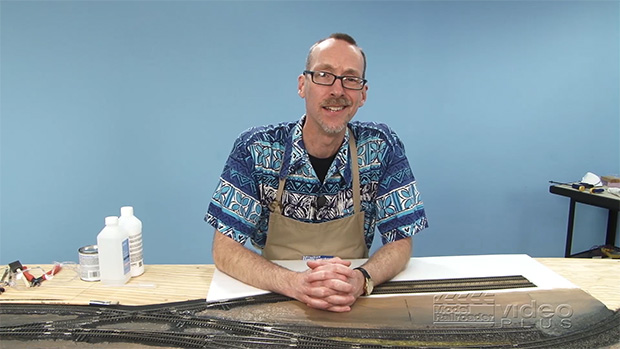
Having trouble viewing this video? Please visit our Video FAQ page Even in the midst of the extensive tracklaying effort on MRVP’s HO scale Winston-Salem Southbound layout, David Popp continued adding various benchwork and scenery elements. In this video, David Popp brings you up to date on those projects. […]
Read More…
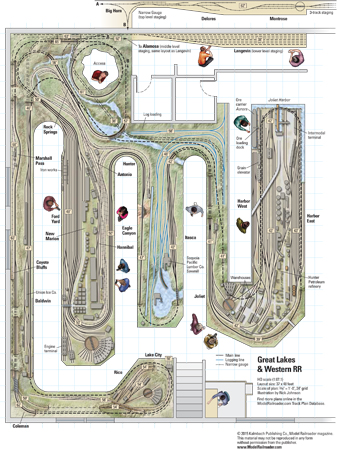
Name: Great Lakes & Western Scale: HO (1:87.1) Size: 37 x 48 feet Theme: freelanced Class 1 with standard gauge logging and narrow gauge branch lines Locale: Midwest to Western United States Era: 1940s to present day (depends on operating session) Style: walk-in Mainline run: approx. 800 feet Minimum radius: 30″ (main line), 26″ (narrow […]
Read More…
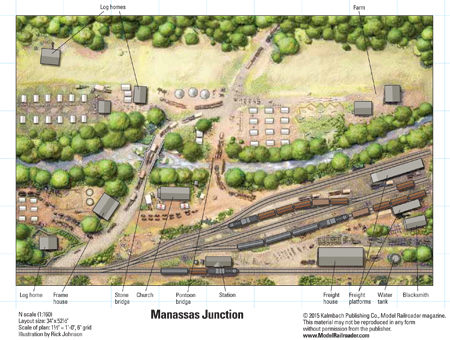
Name: Manassas Junction, Va. Scale: N (1:160) Size: 34″ x 52.5″ Prototype: Manassas Gap RR and Orange & Alexandria RR Locale: Manassas Junction, Va. Era: July 1861 Style: diorama Mainline run: 4′-4″ Minimum radius: 19″ Minimum turnout: no. 4 Maximum grade: none Benchwork: 1 x 2 frame with 1⁄4″ plywood top Height: 47′-6″ Roadbed: built […]
Read More…
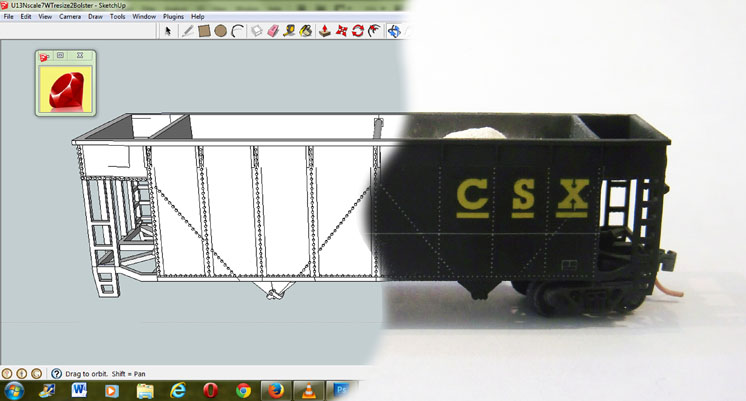
Free software available online, such as Sketchup, can be used to design models that are produced by 3-D printing services like Shapeways. Alex Marchand followed this path to model a CSX class U-13 phosphate hopper in N scale. When I was in high school in the late ’90s, I saw a TV show that ran […]
Read More…
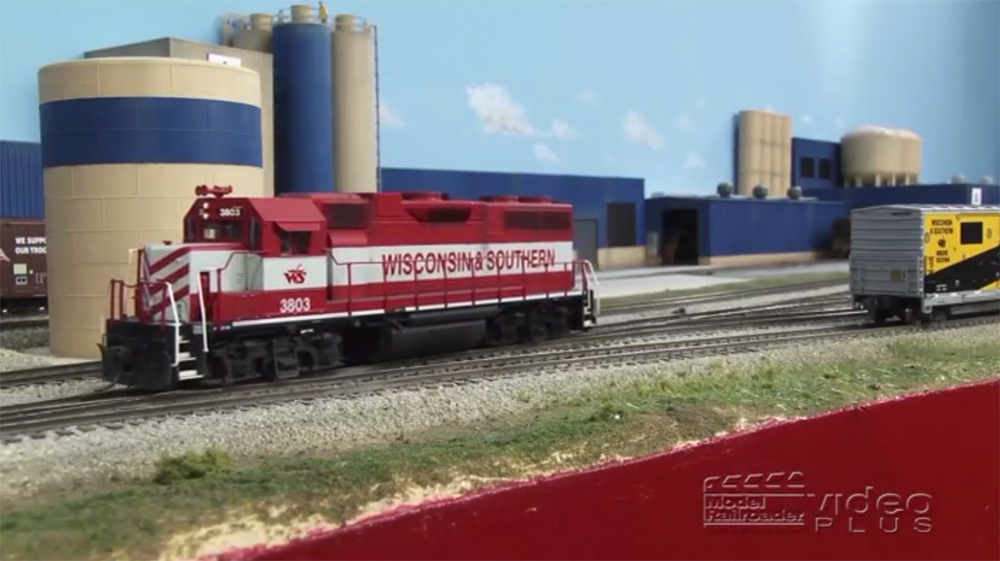
Having trouble viewing this video? Please visit our Video FAQ page The command control sound effects offered on many new locomotive models are far more than just “cool” features. As Model Railroader magazine’s contributing editor Andy Sperandeo demonstrates in this video, the bell and whistle sounds can be used in a prototypical manner to […]
Read More…
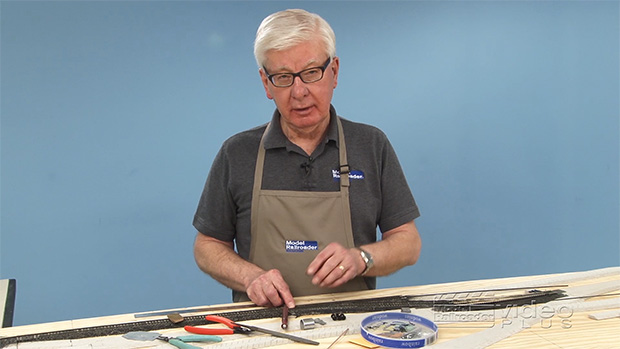
Having trouble viewing this video? Please visit our Video FAQ page MR Contributing editor Tony Koester makes his point – point rails that is! In this video installment, Tony demonstrates how to add the movable points, a switch rod, and guardrails on the turnout he’s built for MRVP’s HO scale Winston-Salem Southbound layout. […]
Read More…
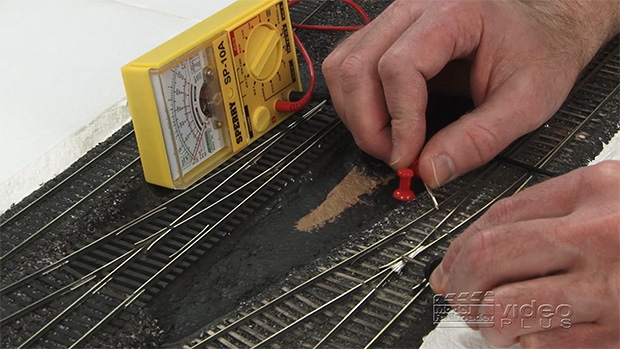
Having trouble viewing this video? Please visit our Video FAQ page MR contributing editor Tony Koester now has all the essential components of the handlaid trackwork installed. In this video, David Popp takes up the effort to add a Blue Point switch control, cut gaps in the rail to isolate the frog, and then […]
Read More…












